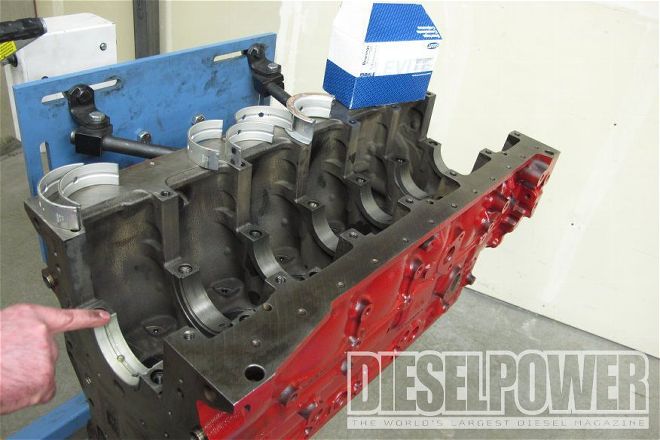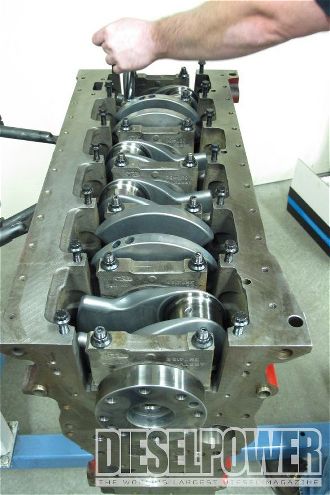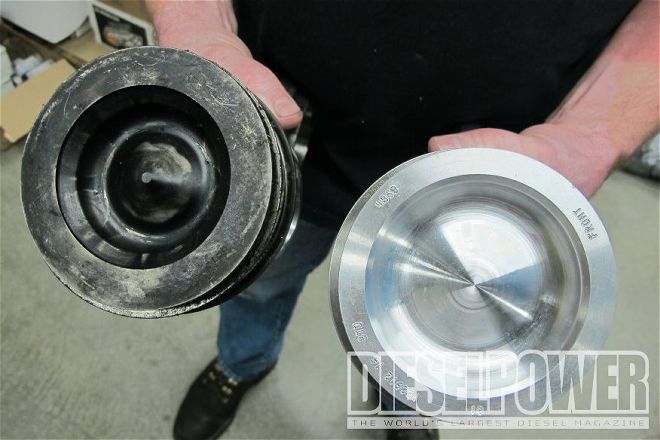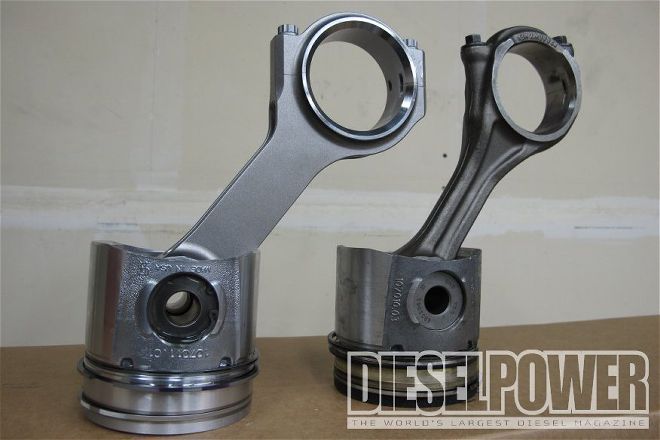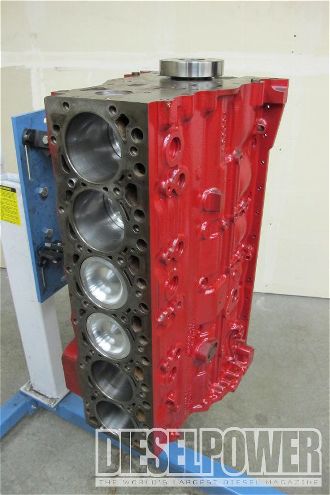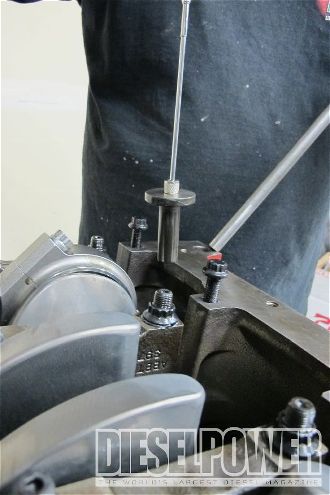1997 F-250 - Project Ford F-IXED: Part 2
When it comes to making power with a diesel, we judge an engine’s performance potential by its ability to handle boost, cylinder pressure, and rpm. Though the Duramax (and even the Power Stroke) engines have made inroads into the winner’s circle at many competitions, the diesel engine with the longest performance pedigree is still the Cummins B Series.
First found in Dodge Rams beginning with the ’89 model year, the 5.9L (’89 to ’07) and 6.7L (’07½ to ’14) engines enjoy more aftermarket performance parts than any other diesel in America. We chose an ’08 common-rail 6.7L from a wrecked Ram 2500 as the basis of our buildup. When choosing an engine of your own, it’s best to begin with a core you know something about. We’ve seen a lot of diesels on eBay, Craigslist, and at local junkyards that have been in fires, rollovers, or underwater—it’s not that those engines are necessarily junk, you just want you to know what you’re buying, and pay accordingly.
For our build we needed a platform that we could tear down to the bare block, and replace everything in the engine with rebuilt or new parts. We’ll be using the original 6.7L Cummins head, valvetrain, block, and ancillary hardware—the rest will be weaponized for street and competition use by Scott Countryman: former Diesel Power Challenge competitor and current owner of Destroked in Wheat Ridge, Colorado.
How To ID a 6.7L Cummins Block
When shopping for a 6.7L Cummins engine, the easiest way to be sure you’ve found one is to pull the oil cooler and look at the cylinder walls. As seen in this photo, the 6.7L engine uses siamesed cylinder walls, where the cylinders actually connect to each other (arrow). If this were a 5.9L, you would be able to see a gap between these two cylinder walls. Siamesed blocks allow for larger diameter pistons in the 6.7L engine, without the need to change the bore spacing: the distance between the centerlines of each cylinder. The siamesed block means there’s no coolant passage between cylinders. The metal-to-metal contact of each cylinder wall also makes them more stable and prone to staying round under intense cylinder pressure that forced induction provides.

| Cummins 6 7 Oil Cooler
